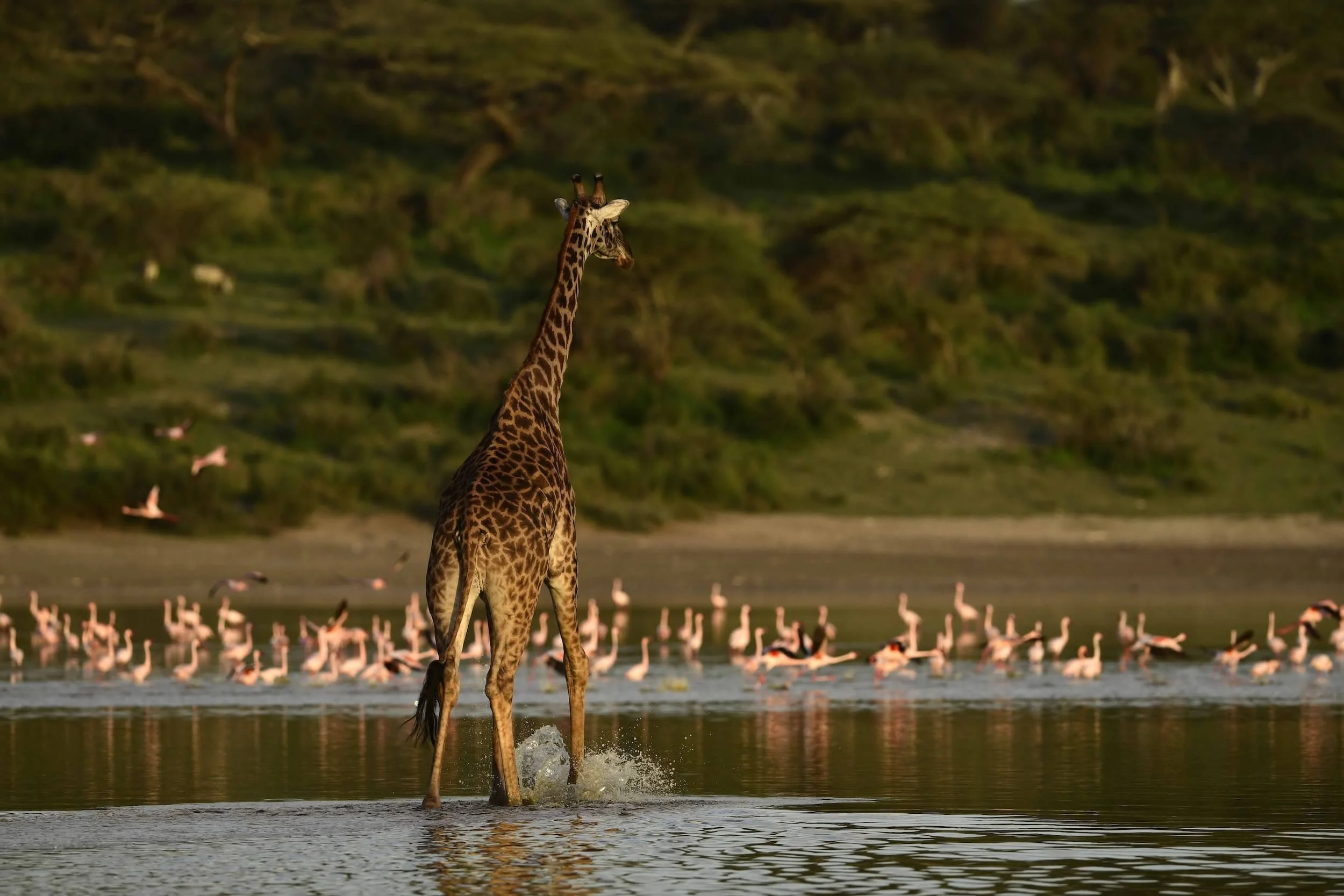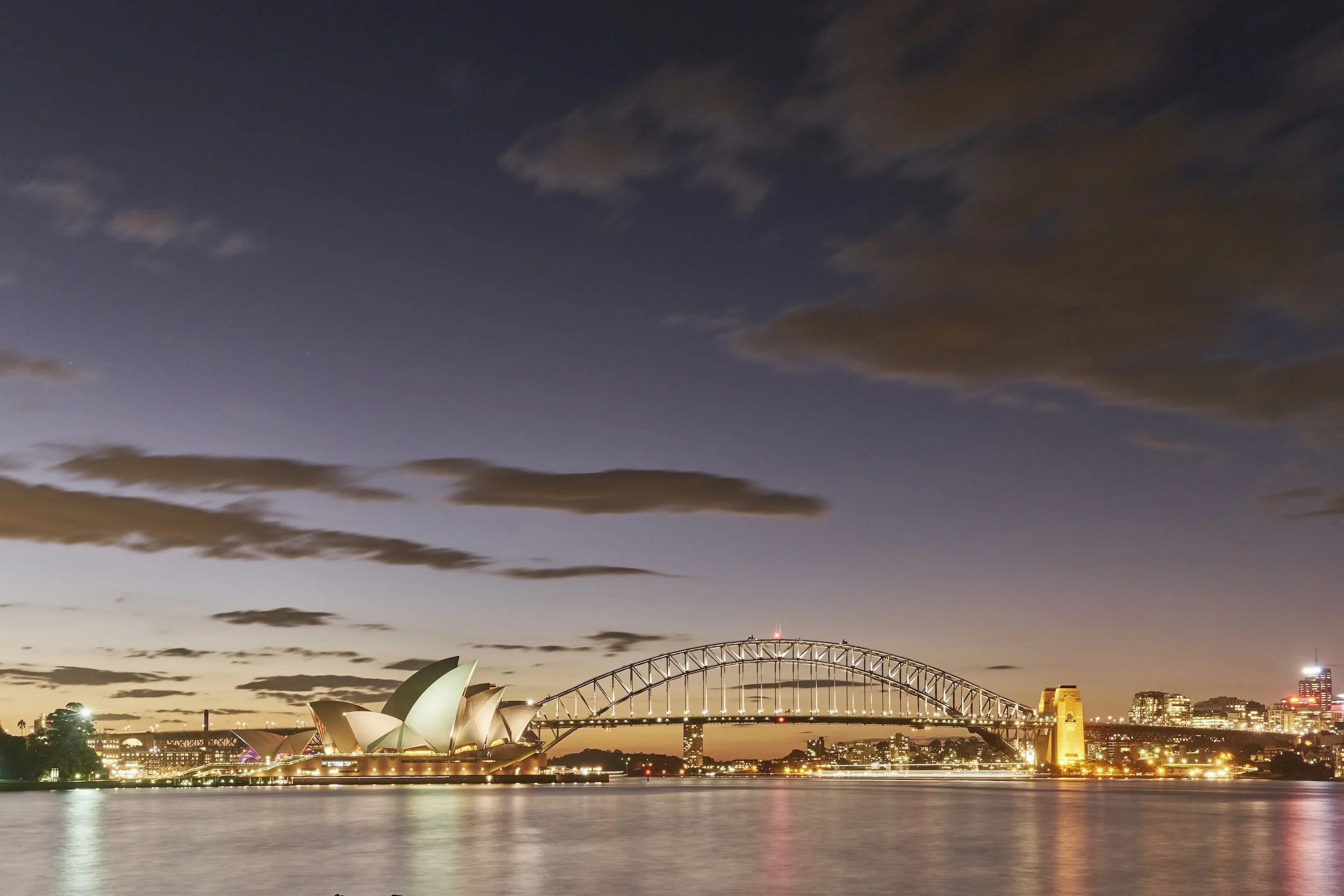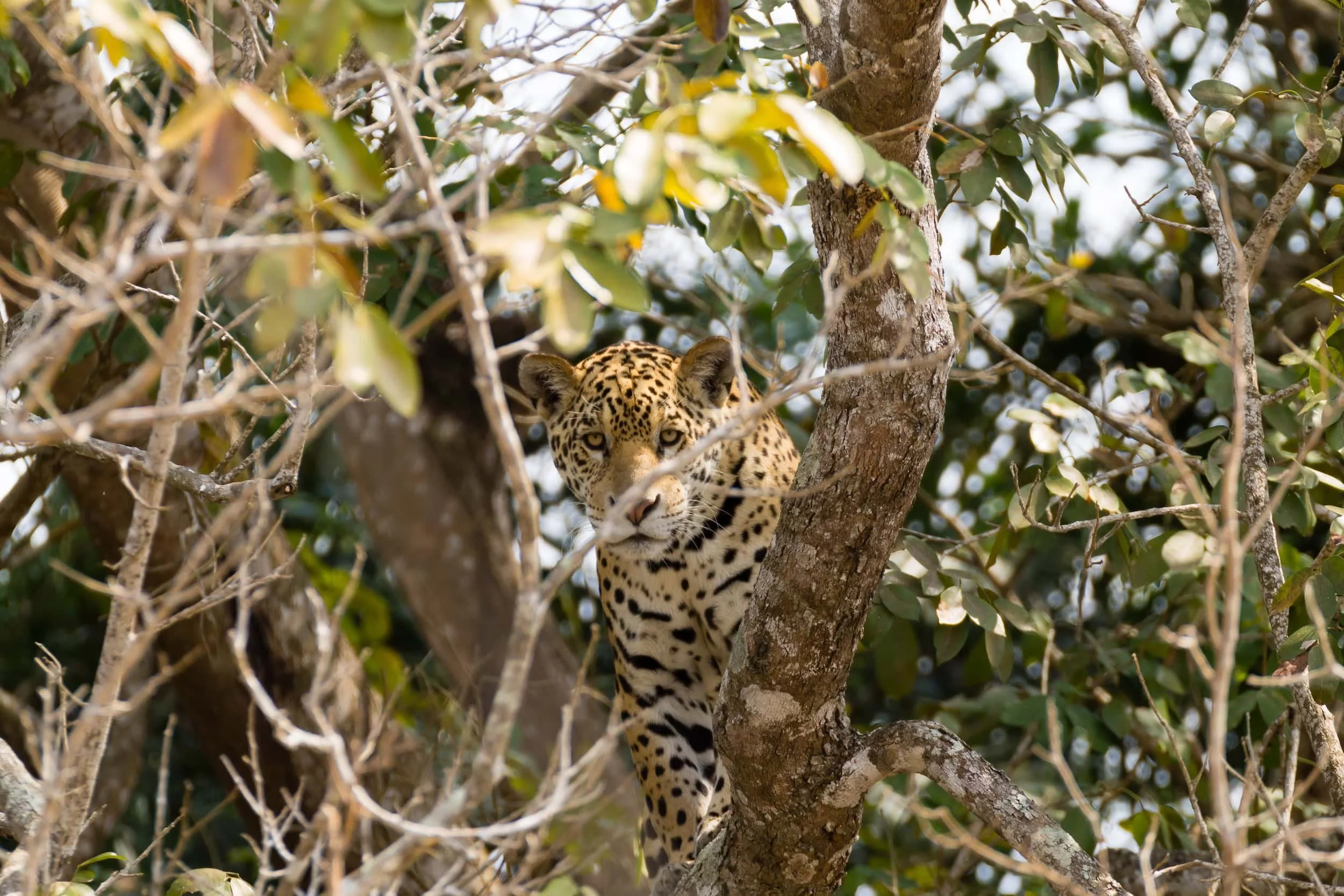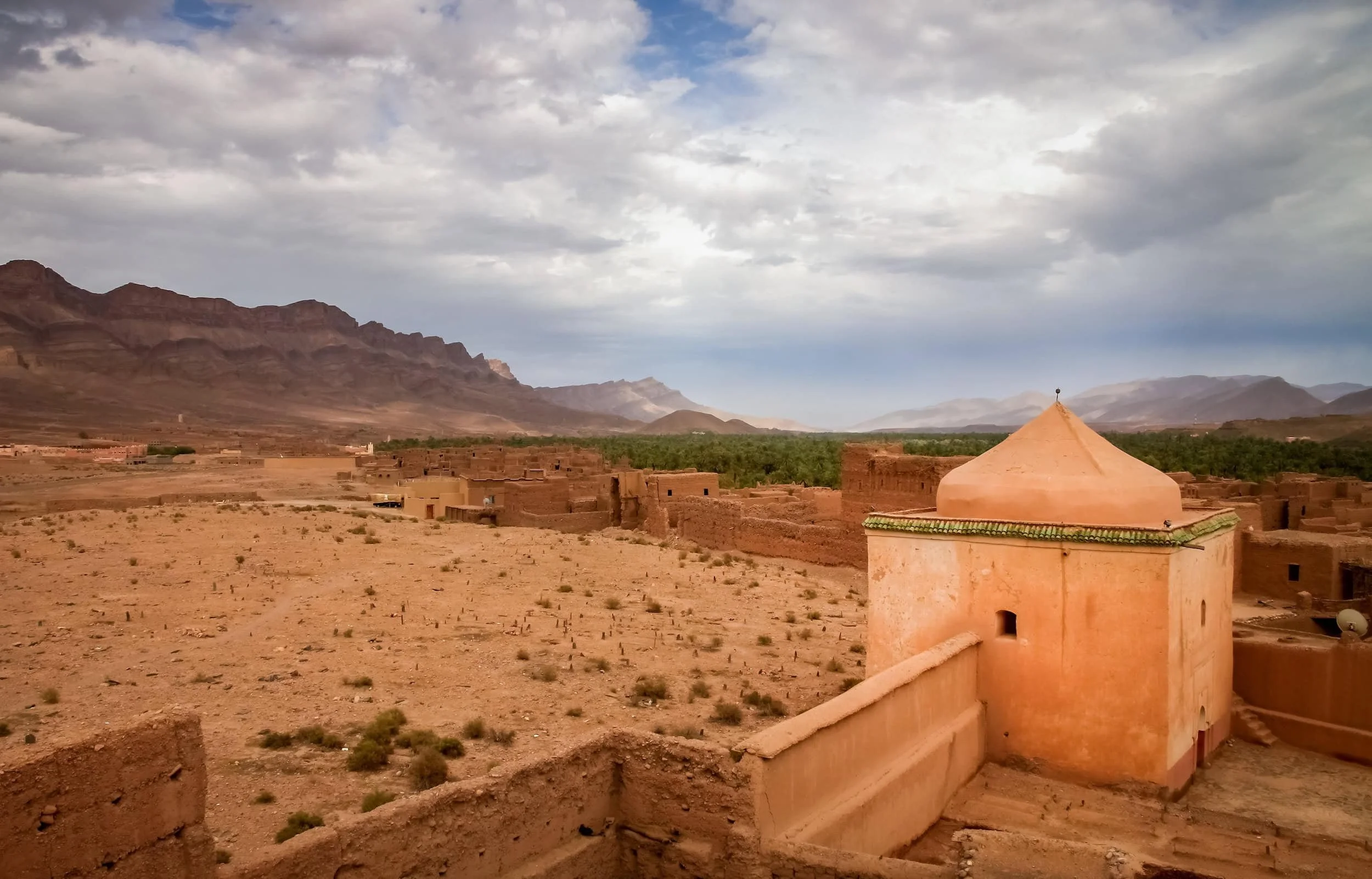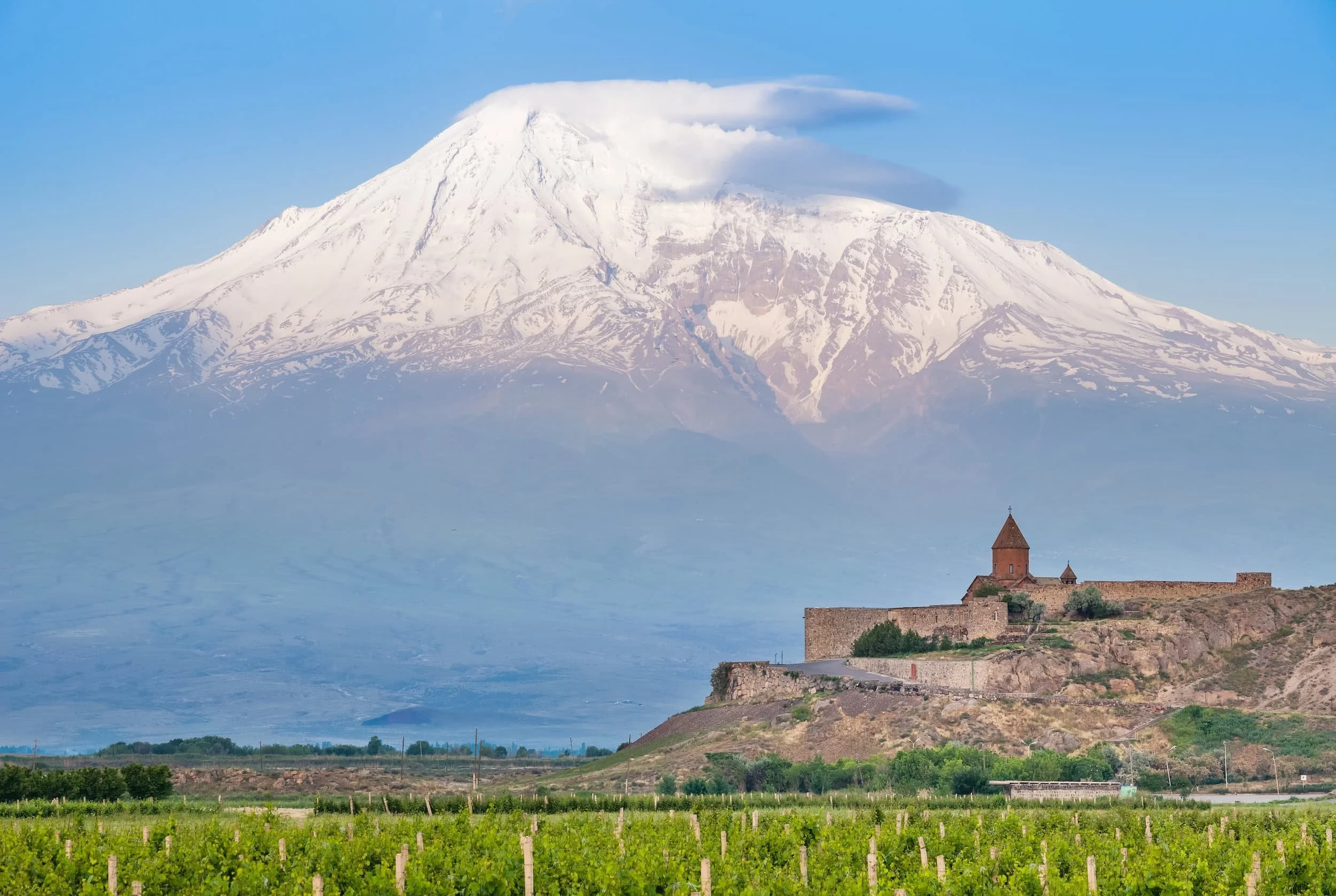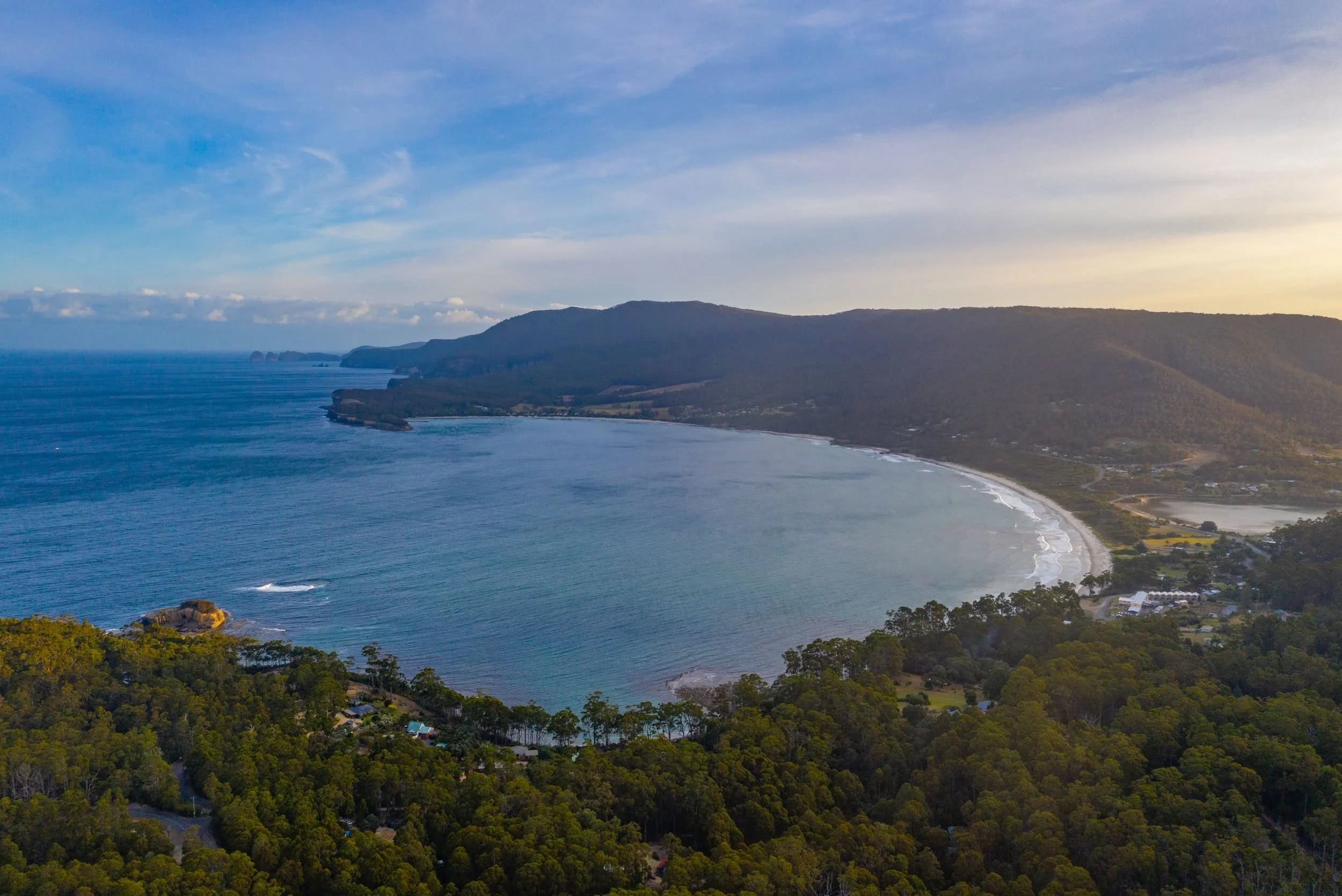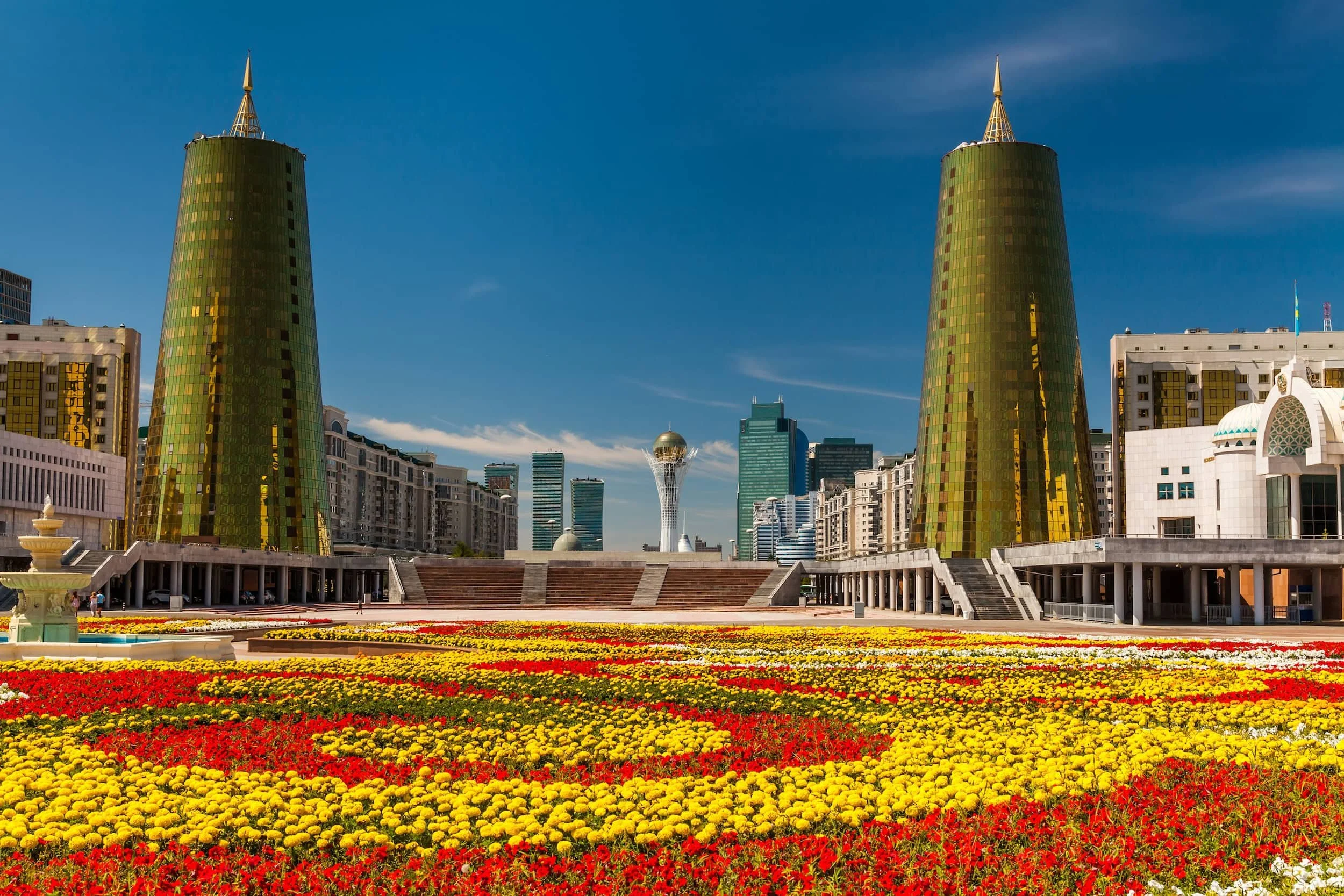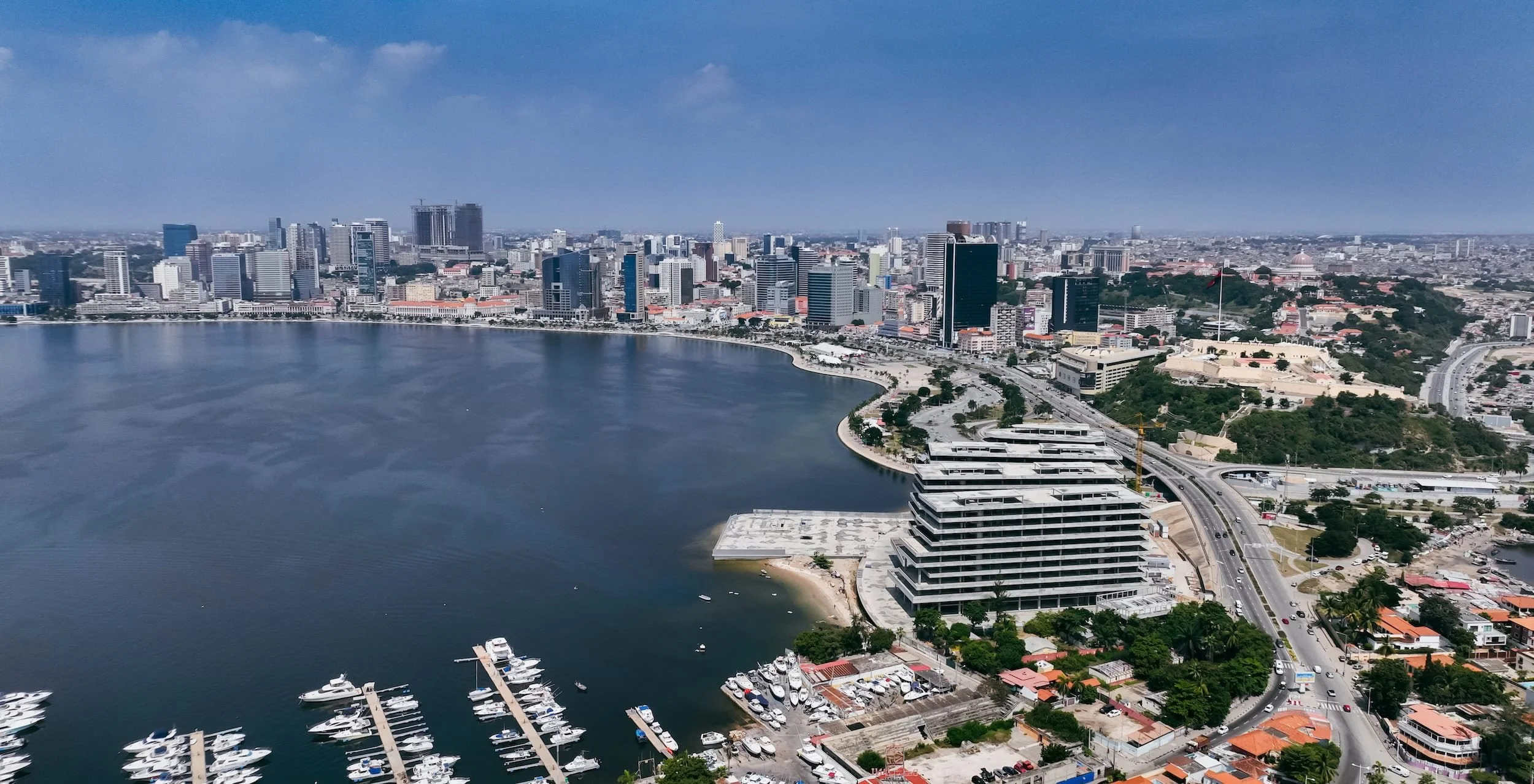A Year of Extraordinary Destinations: The 25 Best Places to Visit in 2025
2025 promises to be a year where the extraordinary becomes accessible and the remote feels within reach. This carefully curated list spans wilderness, ancient cultures, and emerging destinations that are redefining what travel means in the modern age.
From the ice-carved landscapes of Antarctica to the ancient Silk Road cities of Central Asia, these 25 destinations offer experiences that go beyond typical tourism. Each location has been chosen not just for its beauty or uniqueness, but for specific developments, events, or changes that make 2025 the perfect time to visit.
Antarctica
The White Continent is experiencing a renaissance in responsible tourism. New expedition ships with advanced eco-technology are making this pristine wilderness more accessible while minimizing environmental impact. In 2025, visitors can witness massive icebergs, waddle alongside penguin colonies, and potentially spot whales breaching in the Southern Ocean.
What makes 2025 special is the predicted peak in solar activity, promising spectacular auroras over the Antarctic Peninsula during winter expeditions. Several research stations are also opening new visitor centers, offering unprecedented insights into climate science and conservation efforts.
Essential Details
Best time to visit: November to March
Starting point: Ushuaia, Argentina
Duration: 10-21 days
Cost range: $12,000-30,000
Important note: Book 12-18 months ahead
Oman
Oman stands apart from its flashier Gulf neighbors, offering authentic Arabian experiences where ancient traditions meet stunning landscapes. From the labyrinthine souks of Muscat to the towering dunes of Wahiba Sands, this country preserves its cultural heritage while carefully embracing modernity.
2025 marks the completion of several key sustainable tourism projects, including new eco-lodges in the Al Hajar Mountains and enhanced facilities at the ancient aflaj irrigation systems - now a UNESCO World Heritage site. The country's commitment to low-impact, high-value tourism means visitors can explore pristine wadis, traditional villages, and dramatic coastlines without the crowds found elsewhere in the region.
Essential Details
Best time to visit: October to April
Main attractions: Muscat, Jebel Shams, Wahiba Sands, Salalah
Duration: 10-14 days recommended
Important note: Modest dress is required in public areas
Photo credit: Lex Hes
Tanzania
Tanzania embodies the imagination - savannas, snow-capped Kilimanjaro, and pristine Indian Ocean beaches. While the Serengeti's Great Migration remains its most famous attraction, 2025 brings exciting developments in lesser-known regions, including new walking safaris in Ruaha and community-led conservation projects in the Selous.
The country's commitment to sustainable tourism takes a leap forward in 2025 with the introduction of electric safari vehicles in major parks and new eco-lodges powered entirely by solar energy. Southern circuit parks are becoming more accessible while maintaining their wild character, offering alternatives to more visited northern regions.
Essential Details
Best time to visit: June to October for wildlife, December to March for beach
Main attractions: Serengeti, Ngorongoro Crater, Zanzibar, Kilimanjaro
Duration: 10-14 days recommended
Important note: Yellow fever vaccination required
Palau
With one of the world's largest marine sanctuaries, Palau is no stranger to must-see travel lists. This Pacific archipelago of 340 limestone islands offers more than just world-class diving among WWII wrecks - it's a pioneer in sustainable tourism, requiring visitors to sign a passport pledge to protect its environment.
2025 marks the full implementation of Palau's ambitious "Responsible Tourism Education Act," which includes new marine protected areas and enhanced infrastructure for its famous jellyfish lake. The country's innovative approach to tourism management means visitors can experience pristine reefs, hidden caves, and unique marine life while actively contributing to their preservation.
Essential Details
Best time to visit: November to April
Main attractions: Rock Islands, Jellyfish Lake, WWII wrecks, Blue Corner
Getting around: Boat transfers
Duration: 7-10 days recommended
Important note: Environmental fee required upon entry
Australia
Australia demonstrates nature's resilience in 2025, with remarkable regeneration of areas affected by previous bushfires. New "regenerative tourism" initiatives invite visitors to participate in conservation projects, from replanting corridors in the Daintree Rainforest to monitoring Great Barrier Reef recovery programs.
The country's focus shifts toward sustainable exploration, with new Indigenous-led experiences in the Northern Territory and Western Australia. Electric vehicle routes now connect major cities, while innovative wildlife conservation projects allow visitors to witness the return of native species to restored habitats.
Essential Details
Best time to visit: Varies by region - September to November for most areas
Main attractions: Great Barrier Reef, Uluru, Great Ocean Road
Getting around: Domestic flights, road trips
Duration: Minimum 2 weeks recommended
Important note: Book Great Barrier Reef trips well ahead
Coastal UK
Britain's Jurassic Coast emerges as 2025's must-walk destination, where 185 million years of history is carved into 95 miles of dramatic coastline. This UNESCO World Heritage site stretches from East Devon to Dorset, offering experiences that combine geological wonders with quintessentially British seaside charm.
The path reveals new stories with every step - from the iconic limestone arch of Durdle Door to the fossil-rich cliffs of Lyme Regis, where modern-day fossil hunters still make prehistoric discoveries. In 2025, new walking initiatives, including women-only guided experiences, are making this epic coastline more accessible while preserving its wild character.
Essential Details
Best time to visit: April to October
Main attractions: Durdle Door, Lulworth Cove, Chesil Beach, Lyme Regis
Getting around: Local buses connect trail sections
Duration: 7-10 days for full coast, 2-3 days for highlights
Important note: Tides affect beach access and safety
Trail grade: Moderate to challenging
ID 78388440 © Andrey Gudkov | Dreamstime.com
Uganda
Uganda shines as one of Africa's premier primate destination, where misted forests shelter half the world's remaining mountain gorillas. Beyond the famous gorilla treks in Bwindi Impenetrable Forest, the country offers intimate encounters with chimpanzees in Kibale and golden monkeys in Mgahinga.
2025 brings significant developments in community-based tourism, with new locally-owned lodges and guided experiences that directly support conservation. The country's commitment to sustainable practices includes electric safari vehicles in Queen Elizabeth National Park and expanded gorilla habituation experiences, where visitors spend four hours with gorilla families still adapting to human presence.
Essential Details
Best time to visit: June to September, December to February
Main attractions: Bwindi, Kibale Forest, Murchison Falls
Getting around: Scheduled flights or private drivers
Duration: 10-14 days recommended
Important note: Gorilla permits require advance booking
Borneo
Borneo's rainforests represent one of our planet's greatest biodiversity hotspots. This vast island, shared by Malaysia, Indonesia, and Brunei, offers encounters with orangutans in their natural habitat, pioneering reforestation projects, and immersive stays with indigenous Dayak communities.
2025 marks a turning point for conservation in Borneo, with expanded protected areas and new eco-lodges that directly fund wildlife corridors. The Kinabatangan River region unveils new responsible wildlife viewing platforms, while Danum Valley's research station opens specialized programs for visitors to participate in ongoing conservation projects.
Essential Details
Best time to visit: March to October
Main attractions: Sepilok Orangutan Center, Kinabatangan River, Mount Kinabalu
Getting around: Internal flights and river boats
Duration: 10-14 days recommended
Important note: Leech socks recommneded for jungle treks
India
India continues to captivate travelers with its kaleidoscope of experiences. From the Himalayas to the tropical backwaters of Kerala, 2025 sees the country embracing sustainable tourism with new initiatives that protect its cultural and natural heritage while making remote regions more accessible.
The year brings completion of several key restoration projects, including ancient stepwells in Rajasthan and heritage buildings in Kolkata. New luxury train routes connect lesser-visited regions, while community-led tourism projects in states like Gujarat and Madhya Pradesh offer authentic cultural immersion away from typical tourist circuits.
Essential Details
Best time to visit: October to March
Main attractions: Taj Mahal, Rajasthan palaces, Kerala backwaters, Himalayan treks
Getting around: Trains, internal flights
Duration: Minimum 2 weeks recommended
Important note: Pace yourself - India rewards slow travel
Brazilian Amazon
The Amazon in 2025 showcases innovative conservation initiatives where tourism directly supports rainforest preservation. New indigenous-led experiences offer authentic connections with traditional communities, while research stations along the Rio Negro open their doors to visitors interested in citizen science projects.
The revival of remote jungle lodges brings sustainable luxury to the heart of the rainforest, with solar-powered facilities and waste-free operations. Visitors can now participate in pioneering projects, from monitoring pink river dolphins to supporting community-based conservation efforts, all while exploring one of Earth's most biodiverse regions.
Essential Details
Best time to visit: July to November (dry season)
Main attractions: Manaus, Rio Negro, indigenous communities, wildlife encounters
Getting around: Boats and small aircraft
Duration: 5-7 days recommended
Important note: Yellow fever vaccination required
Best base: Manaus or Belém
Morocco
Morocco steps into 2025 as a trending destination with a renewed focus on desert tourism. The country balances its timeless appeal - labyrinthine souks, Saharan dunes, and majestic Atlas Mountains - with innovative developments in eco-tourism and cultural preservation.
Desert camps powered entirely by solar energy offer luxurious bases for Sahara exploration, while historic riads in Fez and Marrakech complete ambitious restoration projects. Traditional craft cooperatives open their workshops to visitors, ensuring ancient skills pass to new generations, while remote High Atlas communities develop responsible trekking programs.
Essential Details
Best time to visit: March to May, September to November
Main attractions: Marrakech medina, Sahara Desert, Fez, Atlas Mountains
Getting around: Private driver or rail
Duration: 10-14 days recommended
Important note: Modest dress appreciated
Popular combo: Pairs well with Southern Spain
Georgia
Georgia emerges in 2025 as the destination for enthusiasts of food, wine, and ancient culture. This Caucasian nation, where wine-making began 8,000 years ago, combines mountain peaks with Black Sea beaches, and valleys dotted with medieval monasteries.
The year marks significant developments in the country's tourism sector, with new tasting routes through Kakheti's traditional qvevri wineries. Historic Tbilisi continues its careful restoration of Art Nouveau buildings, while improved infrastructure makes remote communities more accessible.
Essential Details
Best time to visit: May to October
Main attractions: Tbilisi Old Town, Kakheti wineries, Caucasus Mountains, UNESCO monasteries
Getting around: Trains, marshrutkas (minibuses), or private drivers
Duration: 7-10 days recommended
Important note: Mountain roads close in winter
Visa policy: Most visitors get 1 year visa-free
Armenia
Armenia claims its spot as 2025's most intriguing cultural destination. This small but mighty nation offers a journey through Christian heritage, ancient trading routes, and dramatic mountain landscapes. History echoes through medieval monasteries perched on cliff edges and in the lively streets of modern Yerevan.
2025 sees the completion of new hiking infrastructure along the Transcaucasian Trail, making remote regions more accessible. The country's emerging wine scene gains recognition, with ancestral varieties being revived in the Ararat Valley. Modern art installations and boutique hotels in converted historic buildings add contemporary flair to Armenia's timeless appeal.
Essential Details
Best time to visit: May to October
Main attractions: Lake Sevan, Mount Ararat views, Geghard Monastery, Yerevan's Cascade
Getting around: Private drivers or organized tours
Duration: 7-10 days recommended
Important note: Combine with Georgia for fuller Caucasus experience
Language: English increasingly common in tourism sector
Azerbaijan
Azerbaijan blends ultra-modern architecture with ancient Silk Road heritage. The "Land of Fire" - named for its natural gas flames that emerge from the earth - showcases Baku's stunning transformation from oil boom town to cultural capital, while preserving medieval caravanserais and mountain villages frozen in time.
2025 marks the opening of new sustainable tourism initiatives in the Greater Caucasus Mountains, where remote mountain communities welcome visitors to centuries-old stone villages. The country's famous mud volcanoes and "burning mountain" of Yanar Dag gain improved visitor facilities, while Baku's modernist architecture continues to reshape the capital's skyline.
Essential Details
Best time to visit: April to June, September to October
Main attractions: Baku Old City, Gobustan petroglyphs, Caucasus villages, Silk Road sites
Getting around: Organized tours or private drivers
Duration: 7-10 days recommended
Important note: Visa required for most visitors
Unique experience: Fire Temple visits
Tasmania
Tasmania, Australia's island state combines rainforests, dramatic coastlines, and colonial history with an unexpected thriving food and art scene. The controversial MONA museum continues to push boundaries, while new sections of the Three Capes Track offer some of the world's most dramatic coastal walks.
2025 sees the completion of new wildlife corridors protecting endemic species, while innovative conservation projects invite visitors to participate in saving the Tasmanian Devil. The island's emerging whiskey industry gains global recognition, complementing its established reputation for cool-climate wines and fresh seafood.
Essential Details
Best time to visit: December to March
Main attractions: MONA, Cradle Mountain, Freycinet Peninsula, Port Arthur
Getting around: Car rental essential
Duration: 7-10 days recommended
Important note: Weather can change rapidly
Wildlife viewing: Dawn and dusk best times
ID 127574516 © | Dreamstime.com
Slovakia
Slovakia, Central Europe's unexpected star. Medieval castles crown forest-covered hills and traditional mountain villages preserve centuries-old folklore. The High Tatras, Europe's smallest alpine mountain range, offers year-round adventure from skiing to hiking, while maintaining its wild character.
2025 marks developments in tourism, with new long-distance hiking trails connecting traditional shepherd settlements. Historic towns like Bardejov and Banská Štiavnica complete careful restoration projects, while the capital Bratislava balances its Habsburg heritage with contemporary cultural spaces and innovative dining scenes.
Essential Details
Best time to visit: May to September for hiking, December to March for skiing
Main attractions: High Tatras, Spiš Castle, wooden churches, Bratislava
Getting around: Efficient train and bus network
Duration: 7-10 days recommended
Important note: Mountain weather changes quickly
Value: More affordable than Western Europe
Laos and Cambodia
These Southeast Asian neighbors deliver complementary experiences. Cambodia's Angkor Wat remains the region's crown jewel, while Laos offers a more contemplative journey through French colonial architecture and Buddhist traditions.
2025 brings significant developments to both countries. Cambodia unveils newly restored sections of Angkor, while Laos introduces sustainable tourism initiatives in its northern provinces. New river expeditions connect Laos's ancient capital Luang Prabang with Cambodia's floating villages on the Tonle Sap, creating unique cross-border adventures.
Essential Details
Best time to visit: November to February
Main attractions: Angkor Wat, Luang Prabang, Plain of Jars, Mekong Delta
Getting around: Short flights and river transport
Duration: 14 days recommended to see both countries
Important note: Temple etiquette important
Visa requirements: Available on arrival for most visitors
Kazakhstan
Kazakhstan stakes its claim in 2025 as Central Asia's most intriguing destination. This vast country - larger than Western Europe - offers experiences ranging from the ancient Silk Road cities to the futuristic architecture of Astana. Space enthusiasts can even visit the Baikonur Cosmodrome, where humanity first ventured into space.
2025 marks the completion of new eco-tourism initiatives in the Tian Shan Mountains, while the ancient cities of Turkistan and Otrar reveal newly restored archaeological sites. Traditional eagle hunting experiences in the Altai Mountains become more accessible, offering visitors glimpses into Kazakhstan's nomadic heritage.
Essential Details
Best time to visit: April to October
Main attractions: Astana, Almaty, Charyn Canyon, Silk Road sites
Getting around: Internal flights and trains
Duration: 10-14 days recommended
Important note: Vast distances between sites
Visa policy: Visa-free for many nationalities
Mongolia
The Empire of Blue Skies, Mongolia embraces sustainable tourism in 2025, offering experiences that preserve its nomadic culture while protecting vast steppes and desert landscapes. Traditional ger camps now incorporate solar power and water conservation, allowing visitors to experience authentic nomadic life with minimal environmental impact.
2025 sees new developments in community-based tourism, where travelers can participate in seasonal migrations and traditional festivals. The country also launches initiatives to protect its snow leopard population, while the ancient capital of Karakorum unveils newly discovered archaeological treasures.
Essential Details
Best time to visit: June to September
Main attractions: Gobi Desert, Eagle Hunters, Naadam Festival, Lake Khovsgol
Getting around: Internal flights, 4x4 vehicles
Duration: 10-14 days recommended
Important note: Distances are vast, infrastructure basic
Unique experience: Sleep in traditional ger camps
Weather: Extreme temperature variations
Angola
Angola emerges in 2025 shaking off its difficult past to showcase extraordinary landscapes and vibrant culture. From the highlands of Huambo to the otherworldly rock formations of Pungo Andongo, the country reveals its natural treasures to those willing to venture off the beaten path.
This year marks improvements in tourism infrastructure, with new lodges opening near Kissama National Park and along the Atlantic coastline. The capital Luanda blends Portuguese colonial architecture with modern African dynamism, while traditional kingdoms like Mbanza Congo (a UNESCO site) offer insights into pre-colonial African history.
Essential Details
Best time to visit: May to October
Main attractions: Kissama National Park, Kalandula Falls, Luanda, Tundavala Gap
Getting around: Internal flights or private driver
Duration: 10-14 days recommended
Visa requirements: Must be arranged in advance
Important note: Tourism infrastructure still developing
São Tomé and Príncipe
This tiny two-island nation in the Gulf of Guinea is the ultimate escape for eco-luxury travelers. These volcanic islands, once the world's largest cacao producer, now lead the way in sustainable tourism, where forests meet empty beaches and colonial-era plantations transform into boutique hotels.
2025 brings new developments in sustainable tourism, with expanded marine protected areas and innovative cacao tourism experiences. The islands' commitment to low-impact, high-value tourism means visitors can explore virgin rainforests, snorkel in biodiverse waters, and visit organic cacao plantations while supporting local conservation efforts.
Essential Details
Best time to visit: June to September
Main attractions: Obo National Park, colonial roças, pristine beaches, whale watching
Getting around: Local drivers, boat transfers
Duration: 7-10 days recommended
Important note: Limited flights - plan ahead
Unique aspect: One of Africa's smallest countries
ID 12735165 © Bob Suir | Dreamstime.com
Zambia
Zambia claims its place as Africa's premier destination for authentic safari experiences. Unlike its more visited neighbors, Zambia offers intimate wildlife encounters without the crowds, from walking safaris in South Luangwa (where the concept originated) to canoeing past hippos on the mighty Zambezi River.
2025 marks the expansion of community conservation areas and new luxury bush camps that operate with zero environmental impact. Victoria Falls remains a highlight, but it's the remote national parks like Kafue and Lower Zambezi that showcase the country's true wilderness, where lions, leopards, and elephants roam in vast unfenced spaces.
Essential Details
Best time to visit: May to October
Main attractions: Victoria Falls, South Luangwa, Lower Zambezi
Getting around: Light aircraft between parks
Duration: 10-14 days recommended
Important note: Some camps accessible only in dry season
Unique experience: Walking safaris with expert guides
Zimbabwe
Zimbabwe’s goal for 2025 is to reclaim its status as one of Africa's most rewarding safari destinations. The country combines well-trained guides, abundant wildlife, and ancient ruins, all while maintaining an authentic atmosphere that's increasingly rare elsewhere in southern Africa.
2025 sees the completion of key conservation projects in Hwange National Park and the Zambezi Valley, while Mana Pools continues to offer Africa's premier walking and canoeing safaris. Great Zimbabwe, the medieval city that gave the nation its name, unveils new visitor facilities that better explain its historical significance.
Essential Details
Best time to visit: May to October
Main attractions: Victoria Falls, Hwange, Mana Pools, Great Zimbabwe
Getting around: Light aircraft between parks
Duration: 10-14 days recommended
Important note: Multi-currency system in use
Unique experience: Walking safaris with elephants in Mana Pools
Sri Lanka
The jewel of the Indian Ocean, Sri Lanka emerges stronger in 2025, showcasing its incredible diversity. Ancient Buddhist temples, colonial fortresses, leopard-rich national parks and pristine beaches. The country's famed cultural triangle takes on new life with innovative preservation projects, while sustainable tourism initiatives flourish in previously overlooked regions.
2025 marks the expansion of wildlife corridors between national parks, increasing elephant and leopard sightings. The hill country's tea plantations embrace sustainable practices, offering immersive experiences in organic tea production. Coastal areas introduce strict conservation measures to protect marine life, including blue whales off Mirissa.
Essential Details
Best time to visit: December to March for south/west, May to September for east
Main attractions: Cultural Triangle, Yala National Park, Galle Fort, Hill Country
Getting around: Private driver or rail
Duration: 10-14 days recommended
Important note: Monsoons affect different coasts at different times
Unique experience: Ceylon tea plantation stays
Japan
Japan perfectly balances ancient traditions with cutting-edge innovation. As tourism spreads beyond the golden route of Tokyo-Kyoto-Osaka, new regions reveal their unique character.
Previously overlooked regions like Tohoku and Shikoku gain attention for their authentic experiences including pilgrimage routes and remote hot springs. Major cities roll out innovative solutions for over-tourism, encouraging visitors to explore beyond peak seasons and popular sites.
Essential Details
Best time to visit: March-May (cherry blossoms), October-November (autumn colors)
Main attractions: Tokyo, Kyoto temples, Mount Fuji, Japanese Alps
Getting around: Rail Pass, efficient public transport
Duration: 14 days recommended
Important note: Book well ahead for peak seasons
Unique experience: Stay in traditional ryokans
As we've explored these remarkable destinations, one thing becomes clear: 2025 offers unprecedented opportunities for meaningful travel. From the ice-carved landscapes of Antarctica to the neon-lit streets of Tokyo, each destination tells its own story of transformation, preservation, and discovery.
What makes 2025 special is the global shift toward more conscious travel. Destinations are no longer just places to visit – they're ecosystems to protect, cultures to preserve, and communities to support. The question isn't whether to go, but where to begin.
Whatever you choose, 2025's destinations promise experiences that go beyond typical tourism – experiences that have the power to change not just your perspective, but your understanding of our shared world.
The world is ready. Are you?



